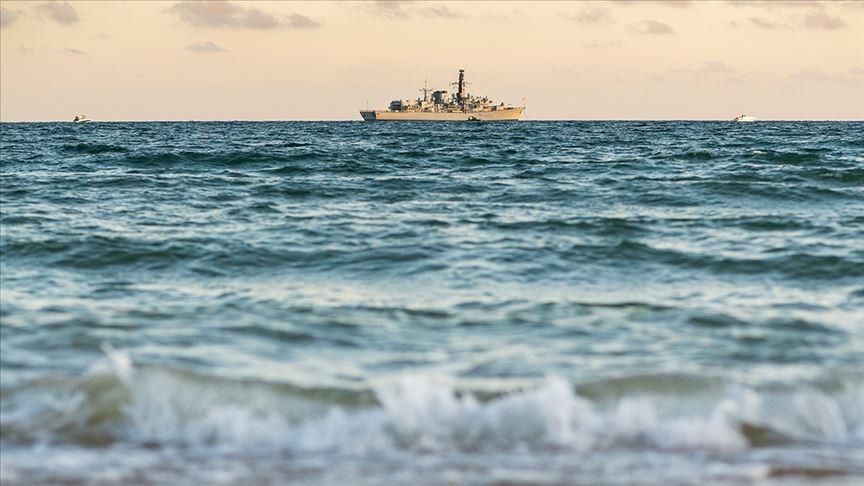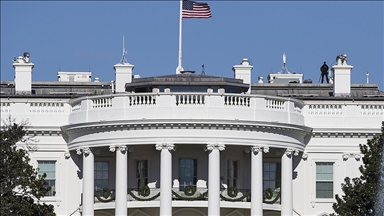US, Japan hold military drill in South China Sea
Exercise comes soon after China, Russia held joint patrols in contested waters last week

ISTANBUL
Close on the heels of joint patrols by China and Russia in the region, the navies of the US and Japan are holding military exercises in contested waters of the South China Sea.
The Japan Maritime Self-Defense Force Izumo-class helicopter destroyer JS Kaga (DDH 184) and the US Navy Carrier Strike Group (CSG) 1 are conducting bilateral operations in the South China Sea, said a statement by the US Pacific Fleet on Monday.
“While in the South China Sea, Japan and US Navy units are conducting maritime security operations, to include flight operations, coordinated tactical training between surface and air units, refueling-at-sea evolutions, and maritime strike exercises,” the statement added.
“Bilateral operations are one key component in our collective maritime readiness,” said Rear Adm. Dan Martin, commander of the CSG 1. “The Indo-Pacific is a dynamic region and by continuing to conduct routine operations with our allies and partners throughout international waters and airspace, we demonstrate our unwavering commitment to upholding international law, on the sea and in the air, and to ensuring that all nations can do the same without fear or contest."
Last week the Chinese and Russian militaries conducted joint patrols and held their first joint passage through the Tsugaru Strait in the Japanese archipelago.
Early this Monday, Japan expressed concerns about what it called an “increasingly severe” security situation surrounding the country.
The Japanese Defense Ministry said five Russian Navy ships sailed through the Sea of Japan after they sailed around the country’s shores.
The same Russian ships had previously “formed a flotilla” with five Chinese ships that had sailed around most of the Japanese archipelago, the ministry added. The two navies parted ways last Saturday.
China’s assertions in the South China Sea are based on its “nine-dash line” – purple dashes on official Chinese maps that denote Beijing’s historical claims on the sea.
Beijing has refused to acknowledge the presence of the US in the region, dismissing it as “interference by an outsider.”
Despite China’s warnings that the sea “should not become a battleground for big powers,” a recent study found the US surveyed the South China Sea “on an almost daily basis” in the first half of this year.








